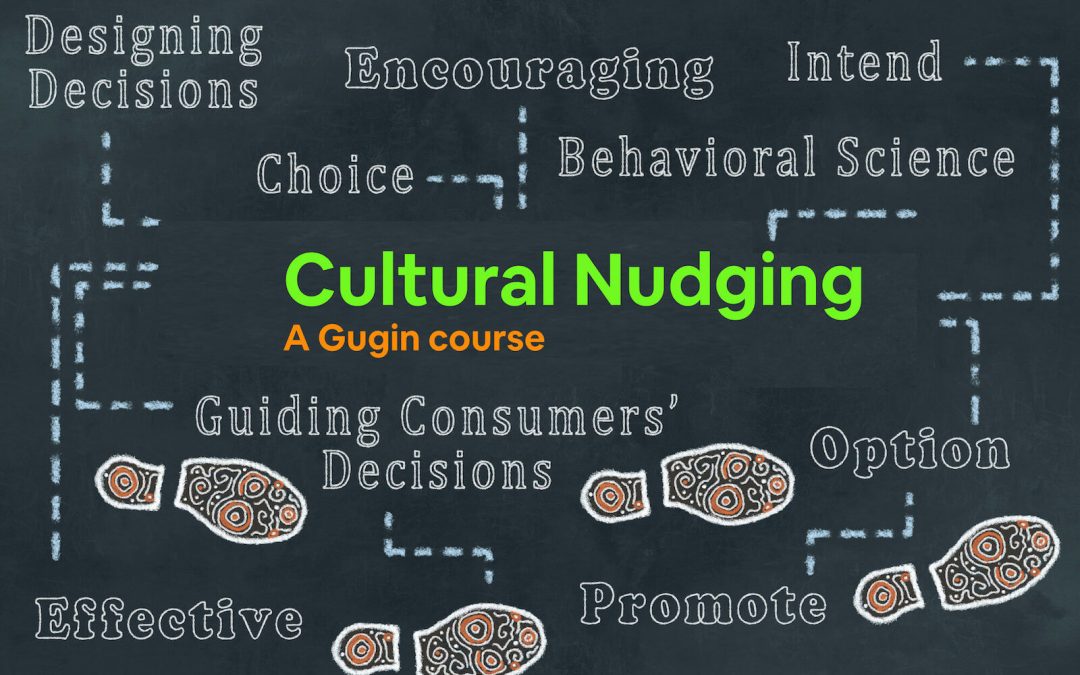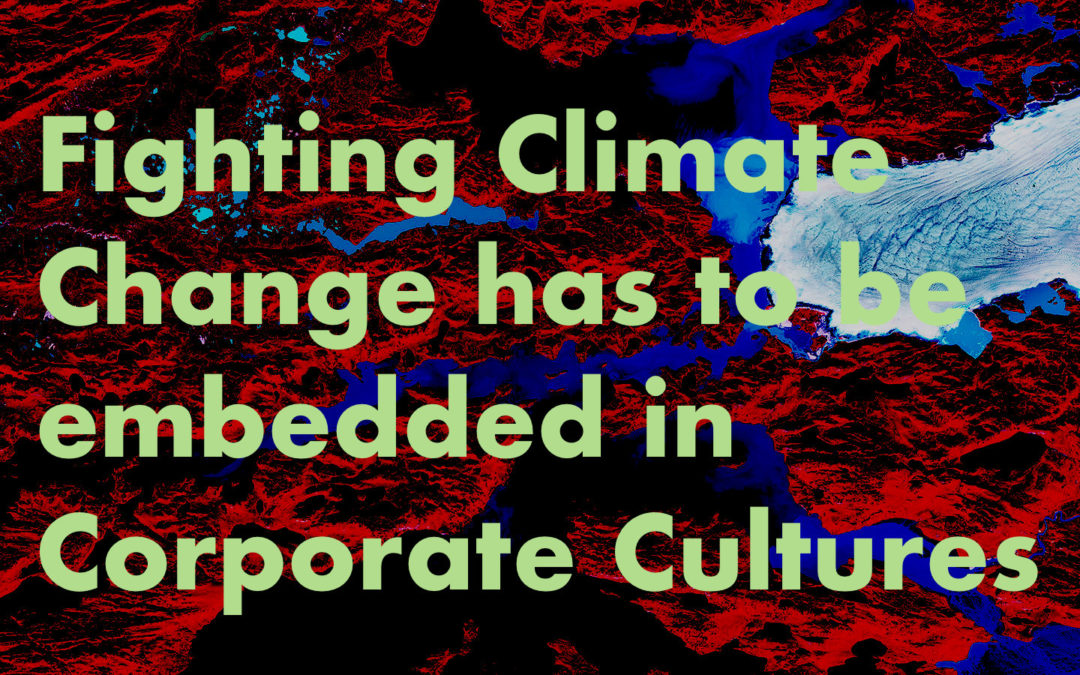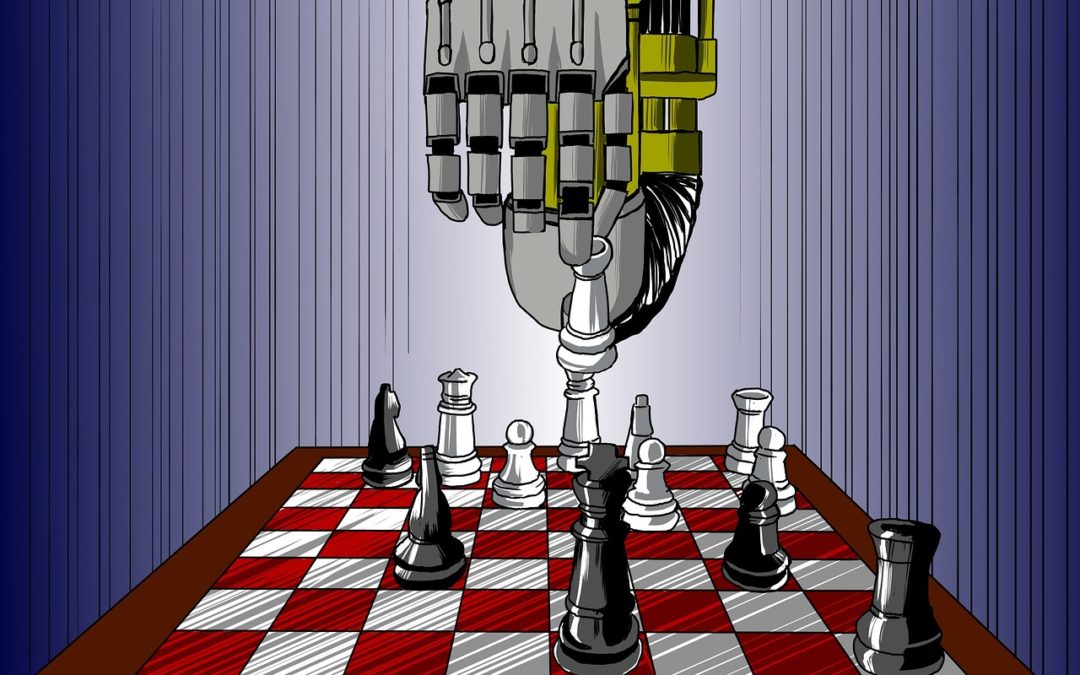This article is about what can happen when you look at your company’s culture and core competencies with an open mind. It is also about having the courage as a leader to make drastic decisions in order to leverage your company’s culture in the very best way.
A European bank asked Gugin to help them align their corporate culture with their strategic goals and objectives. They had just been through a merger and like after most mergers or acquisitions there was some cultural friction that needed to be addressed. After the first initial assessment, it was clear that there were no really severe problems. It is however often the case when we are asked to participate in post-merger integration projects. But not in this case.
With that pleasant surprise, we could start looking at what their new company culture should look like in order to leverage the strengths of the two organisations. We should also try to develop a culture that supported the strategic objectives of the bank. Gugin started to conduct the 2 assessments we usually carry out in these situations.
The first is our cultural due diligence process, which is both a quantitative and qualitative assessment of the organisation’s culture – in this case, 2 cultures. The product is a cultural DNA of the organisation. In this case, we had 2 cultural DNA’s. But we also got a third one, namely the cultural DNA the newly merged organisation should have for having the culture that best supported the new strategy.
When we were looking at the 3 cultural DNA’s we could see some huge gaps. The gaps between the two organisations were manageable while the gap between the existing cultures and the desired culture was huge.
We presented our findings to the management team with the recommendation that we carried out the second assessment before jumping to any conclusions and decisions. Some members of the management team were talking about that the merger was a mistake and that they had been too focused on economies of scale, market shares and potential synergies of outsourcing back-office functions like IT, call centers, etc.
We did however agree on, that it would not be wise to make any decision before we had more information. So we started our organisational effectiveness assessment. Briefly, it is a process we have developed to identify cultural friction in an organisation. Cultural friction occurs when systems, rules, or habits block people from doing the right things. For instance, a company can have a mission about being the best at customer service. But if the employees are rewarded by other factors e.g. generated revenue, then we have cultural friction. Cultural friction is poison for an organisation. It is like driving a car with one foot on the speeder and the other on the brakes. You spend a lot of energy but get nowhere.
The organisational effectiveness assessment ended up becoming more complex than we originally planned because we decided to include selected customers in the process as well.
The big gap in core competence
We asked the senior management team of the bank, what they believed their core competence was. They mentioned all sorts of specific competencies related to banking. Then we asked them, how do you know that these are your core competencies? Because we are a bank was the answer.
It was time to tell them some surprising news. Their core competence was NOT banking. It was customer relationship management. Our assessments of the two company cultures and the customers’ perception of the bank were aligned. The cultures in both banks were centered around the customers. The employees however often felt frustration over the banking systems that lacked the functionality to accommodate the needs of the customers. The employees were trying to give the best possible customer service. But it often took a long time and was very complex because the banking systems were antiquated. Furthermore, both banks didn’t have enough people who knew the products.
The courageous decision
Originally the bank had planned to outsource many of the supporting functions, including call centers. We then had a long discussion about how we should address the issue. At that time we didn’t find it appropriate to suggest the obvious, namely that they outsourced their banking operation and focused on their real strength. A strength that no competitor could copy, namely their unique customer-centric culture, that wasn’t driven by rules, but by values developed over a long period of time.
A week later they had decided to outsource their banking operation and get a state of the art white label bank, all maintained by one of the large players in the market.
How did it go?
The migration from their own systems to a new standardised system was of course complex and caused a lot of pain while it was going on. But they got through it. Meanwhile, we were working on facilitating cultural change so that the new culture supported the new strategy in the best possible way. It was not a complex task because there was a lot of optimism in the organisation and much of the cultural friction was removed with the decision to get state-of-the-art systems from an IT provider who had a lot of experience in that field.
Og course there were challenges – a lot of them – but they were manageable. And because we focused on preserving the cultural strengths of the organisation, most employees and managers stayed and contributed to making the transition process as smooth as possible.
How can Gugin help you discover your organisation’s true core competencies?
It is only natural we assume that a company’s products and services are its core competencies. Often it is, but not always as we have just learned. Gugin has helped a lot of companies around the world discover their true core competencies. The companies, where we find that their core competencies are not directly associated with their products or services, all have one thing in common. Things have changed. Their product or service used to be their core competencies but changes in the external environment have moved the company in a new direction.
A cultural due diligence is a good start
We always start by conducting a Cultural Due Diligence on the organisation. It is a process and a tool developed by Gugin over the past 20 years, whose purpose is to identify the core values of the organisation – in short, the cultural DNA of your organisation. They are usually not the values you see in the corporate presentations, but the true values that drive the decision processes, the attitude towards employees and customers, etc. These values change gradually over time because any organisation has to adapt to the external environment.
You become good at what is valued. So your core competencies in your organisation are closely linked to your organisation’s true values. When we have identified the true values via the cultural due diligence we will look at how the supporting behaviour is, how the surrounding systems are, etc.
Then we have an excellent foundation for identifying the core competencies – the things you do better than anyone else.
The last part of the process is a discussion with the leadership team on what they will do next. When there is a gap between what you think you are good at and what you in reality is good at you have to make a choice.
You either have to choose to strengthen what you are really good at and get someone else to do you the rest or you have to develop your corporate culture and develop your core competencies so you become good at something else.
The only option you shouldn’t choose is to keep on pretending you think you know what your core competencies are before you have verified it.

- We align your corporate culture with your strategy.
- We take you safely through major changes in your organisation.
- We develop the crucial cultural intelligence in your organisation by training your employees and leaders
- We help you develop a competitive advantage with a unique corporate culture
Gugin has helped more than 600 companies around the world creating a winning corporate culture.

Changing Corporate Culture With Cultural Nudging
What is Cultural Nudging Cultural nudging is a concept where we can alter people's behaviour in a predictable way without forbidding them to choose other options. It is used a lot in architecture where you want people to move in a specific way and pace in a building....

Why Fighting Climate Change has to be embedded in Corporate Cultures
Fighting climate change has to be embedded in the corporate cultures for a number of reasons. Learn why and how you change the corporate culture

When we accept behaviour today we wouldn’t accept before
Why we accept behaviour we didn't accept before Unlike what we might initially think cultural values change over time. That is the truth for any culture - in fact no culture would be able to survice if it didn't adapt to the external environment all the time. When I...

Why Brexit might be the best thing that has happened to Europe in 30 years
The broken Family in Europe Imagine you belong to a big diversified family in Europe, where each part of the family lives in different places, do different things for a living, have different political perspectives and belong to different social groups. When you all...

Why leaving Facebook is the right thing to do
Why leaving Facebook is the right thing to do This article is about why I closed my Facebook account 2 months ago and why I feel it is one of the best decisions I have made in a very long time I actually started writing this article before Facebook fell down from the...

